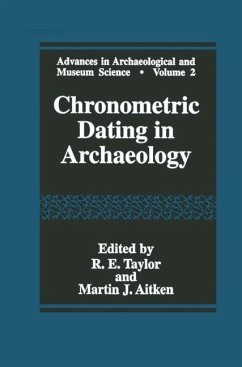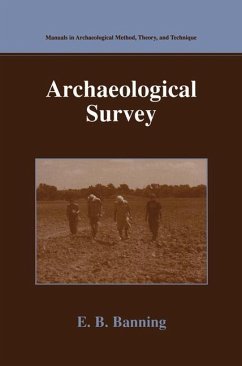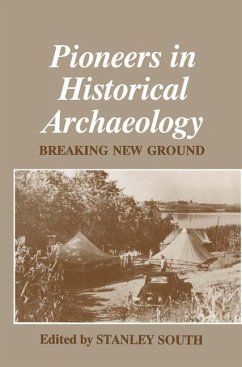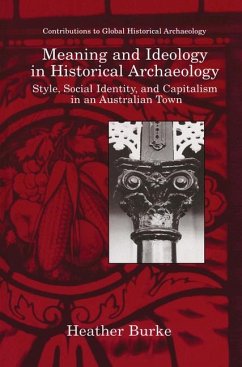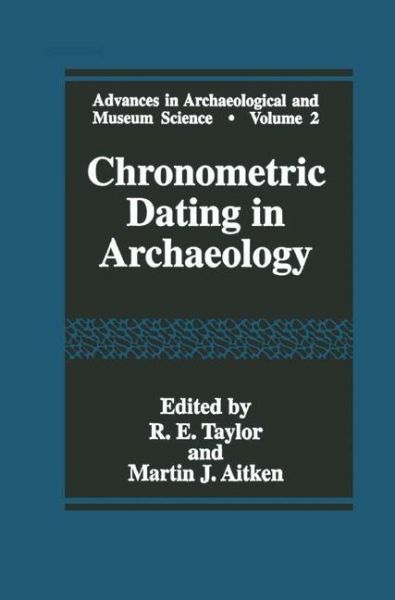
Chronometric Dating in Archaeology
Versandkostenfrei!
Versandfertig in 1-2 Wochen
115,99 €
inkl. MwSt.

PAYBACK Punkte
58 °P sammeln!
Since World War II, there has been tremendous success in the development of new methods for dating artifacts; the so-called `radiocarbon revolution' was only the first such discovery. The increasing accuracy of the various new techniques has brought about major changes in archaeological research strategies. This important new text compiles the work of some of today's most innovative archaeologists who summarize progress in their respective techniques over the last 30 years - with an emphasis on developments of the last five - and the status of current research.



